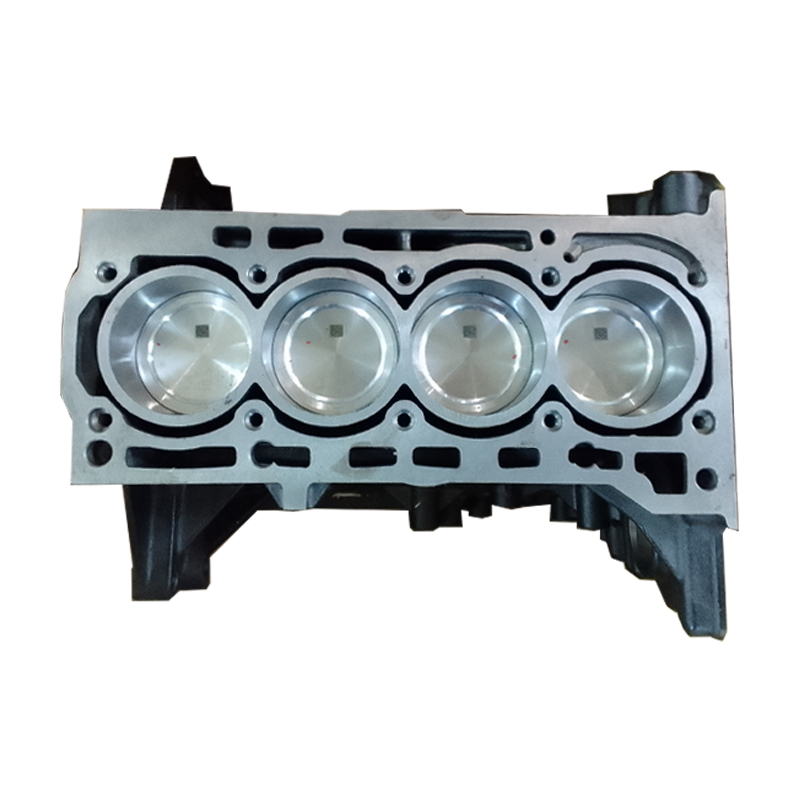Reduce downtime by using a well-maintained clp engine.
Reduce downtime by using a well-maintained clp engine.
Blog Article
Just How a Clp Engine Can Enhance Effectiveness in Numerous Industries
The development of CLP engines marks a significant shift in operational efficiency throughout different industries, driven by their capability to enhance gas intake and decrease downtime. As companies significantly focus on sustainability alongside effectiveness, the role of CLP engines ends up being also a lot more critical.
Introduction of CLP Engines
CLP engines, or Continuous Liquid Propellant engines, stand for a significant advancement in propulsion innovation, particularly for space applications. These engines use a continual feed system that enables for the continual expulsion of propellant, causing improved performance and efficiency compared to traditional strong or hybrid propulsion systems. By keeping a continuous flow of liquid propellant, CLP engines can attain extra exact drive control, which is critical for navigating spacecraft in various objective circumstances.
The style of CLP engines incorporates sophisticated materials and cutting-edge fuel administration systems. clp engine. This leads to lowered weight and raised dependability, important aspects for long-duration space objectives. The constant operation lessens the threat of combustion instability, a typical obstacle in standard rocket engines.

Advantages in Production
The production of Continual Fluid Propellant (CLP) engines presents numerous noteworthy advantages that improve both performance and cost-effectiveness. Among the key benefits is the structured production process, which reduces the intricacy related to standard propulsion systems. By making use of fluid propellant, suppliers can accomplish better precision in engine efficiency, resulting in enhanced energy outcome and lowered waste.
In addition, CLP engines promote a greater level of modularity, permitting for simpler assimilation into different production lines. This flexibility can dramatically lower lead times and boost overall functional adaptability. Using CLP technology likewise tends to reduce the requirement for substantial upkeep as a result of fewer relocating parts, which converts into decreased downtime and operational expenses.

Applications in Logistics
Leveraging Continual Fluid Propellant (CLP) engines in logistics uses significant benefits in operational effectiveness and reliability. These engines provide a durable option for numerous transport requirements, allowing the seamless motion of goods throughout huge ranges. The intrinsic design of CLP engines enables regular power result, which link translates into smoother and more foreseeable transportation schedules.
Among the key applications of CLP engines in logistics remains in heavy-duty products transportation, where they can drive both ground and airborne vehicles. Their capacity to maintain high efficiency under differing lots problems ensures that delivery timelines are fulfilled, thus improving consumer contentment. In addition, CLP engines can be integrated into automated logistics systems, facilitating real-time monitoring and enhancing path planning.
Moreover, the resilience of CLP engines reduces maintenance downtime, permitting logistics companies to optimize their operational capacities. This is especially beneficial in warehousing procedures, where effectiveness in handling and transferring products is vital. As logistics remains to advance, the combination of CLP engines represents a forward-thinking approach that not only enhances efficiency yet also supports the market's expanding demands for reliability and rate.
Impact on Energy Effectiveness
Exactly How do Continual Liquid Propellant (CLP) engines improve power performance in transportation? CLP engines use a consistent flow of fluid fuel, optimizing combustion processes and preserving a steady thrust result. This layout decreases energy losses associated with conventional combustion engines, where fuel delivery can vary and cause ineffectiveness.
The continuous operation of CLP engines enables for an extra effective thermal cycle, resulting in greater particular impulse compared to conventional engines. clp engine. This translates to lowered fuel consumption for the exact same amount of job done, substantially reducing operational prices across various transportation fields, including aeronautics and maritime sectors
Additionally, the capability of CLP engines why not try this out to maintain optimal performance under differing lots problems minimizes the demand for frequent acceleration and deceleration, additionally enhancing fuel performance. Boosted energy effectiveness not only adds to set you back financial savings however likewise results in decrease greenhouse gas discharges, straightening with international sustainability objectives.
Future Trends and Innovations
Emerging advancements in Continual Fluid Propellant (CLP) engine innovation promise to reinvent the landscape of transport efficiency and sustainability. As sectors pivot towards greener choices, CLP engines stand at the leading edge, integrating ingenious products and style techniques that enhance performance while reducing environmental influence.
One of the most promising trends is the adoption of hybrid systems that incorporate CLP engines with renewable resource resources. This harmony can enhance gas intake and reduce discharges, lining up with worldwide sustainability objectives. Improvements in computational fluid characteristics (CFD) are facilitating the style of more aerodynamically efficient engines, leading to lowered drag and boosted gas effectiveness.
In addition, the advancement of wise tracking systems is established to improve operational efficiencies. These systems leverage data analytics and IoT technology to optimize engine performance in real-time, guaranteeing that the engines run within their most effective parameters.
As research study proceeds to check out alternate propellant formulas-- such as biofuels and synthetic gas-- the future of CLP engines looks encouraging. By using these advancements, her explanation markets can not only improve their efficiency but also add considerably to a cleaner, a lot more sustainable future in transportation.
Conclusion
In conclusion, CLP engines represent a significant advancement in performance across multiple markets. The integration of innovative products and less moving components lessens upkeep needs, while placement with sustainability goals placements CLP engines as a pivotal technology for the future.
Report this page